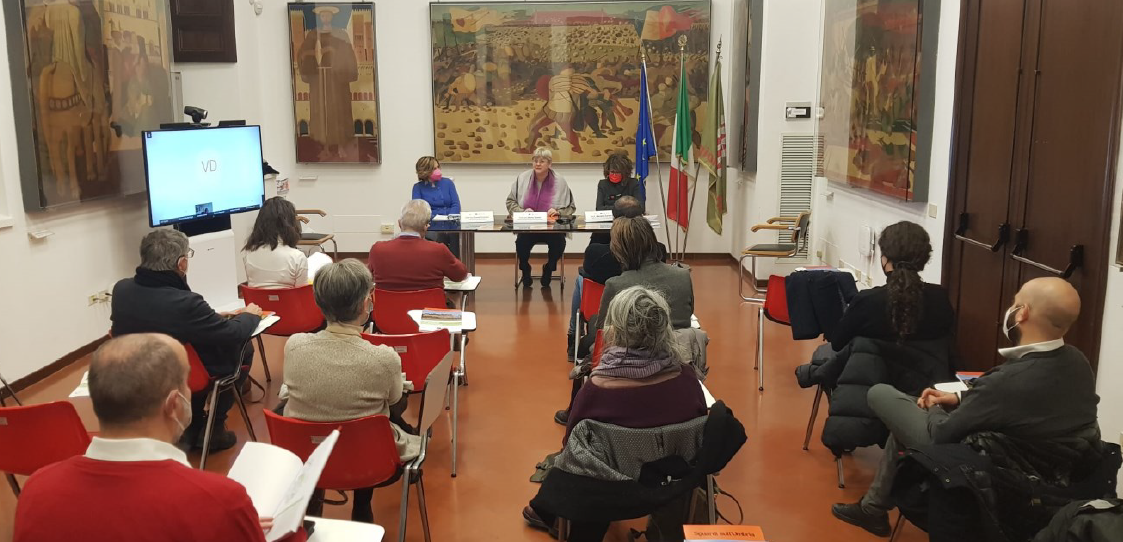
UL2L – Umbria Region final dissemination event
UL2L - Umbria Region final dissemination event held on 20.12.2021.
Open spaces, ranging from natural heritage to derelict sites and from the urban core to the fringe and into the landscapes, are of increasing value for European municipalities. Not only because they are constantly reduced by land use (for business, infrastructures, housing etc.), but also because remaining open spaces must serve new requests and functions. These include ecosystem services, such as mitigation of local effects of climate change, and new public demands for urban farming and outdoor healthcare services.
Consequently, local and regional policies to deal with these issues were agreed and measures can be financed from several sources, including ERDF and ESIF according to priorities set up in Regional Operational Programmes.
Implementation however faces open questions and major challenges:
One example: today urban gardening often develops spontaneously and at deficient locations. If planned in cooperation between authorities and users/operators and if better placed and designed, it could increase its benefits for public realm, climate adaptation, social inclusion and local markets.
Best practice examples, reliable criteria, effective tools and a good knowledge transfer are needed to support implementation and effectiveness. To deliver this, the partnership and the stakeholder groups organise workshops and a study tour, work out peer reviews, joint studies and a visionary blueprint and implement a purposeful communication strategy . UL2L partners, including their stakeholder groups, support the improved management of policy instruments, such as the ROP, and the implementation of new projects to ensure they reflect the value of topics considered and the measures identified as resourceful and promising by UL2L.
€1,193,175.00
Environment and resource efficiency
The OP EFRE NRW links European strategies with a well analysed economic, social and environmental situation in NRW. It includes a mixed Priority Axis 4 “Sustainable urban development and development of urban quarters / prevention”. This includes 3 investment priorities and integrated approaches for social integration, ecological revitalisation, mitigation of climate change, and the use of open spaces for economic development.
Since the agreement of the OP EFRE NRW municipalities and ministries face an increasing demand by citizens and social organisations to use derelict sites and other open spaces for urban farming, gaining dynamism as a tool for social inclusion and integration. Outdoor healthcare services (therapy gardens etc.) are predicted to offer similar resources. Small scale climate mitigation measures in the urban context as a newer form of ecosystem services are crucial in agglomerations too. To assess these demands, to develop new measures and to modify the above axis and priorities, guidance by UL2L is worthwhile.
Even more as it is indispensable to integrate such projects into in an overall concept of sustainable urban and neighbourhood development, ensuring their local consensus and attractiveness. This needs a wider knowledge base, good practice examples, reliable standards, solid criteria and a good cooperation with stakeholders - all this will be available thanks the project’s policy learning, studies, workshops and stakeholder groups.
The UL2L Action Plan for North-Rhine Wesphalia agreed by the Stakeholder Group can soon be found here.
POR ERDF 2014-2020 was approved by the Commission with Implementing Decision C(2015) 929 on 2/12/2015, with a total budget of €356,293,204.00.
The measure 5 of the POR (specific objective 5.1) aims at improving the system of services and accessibility of natural areas through the enhancement and valorisation of landscape elements and biodiversity conservation.
The POR finances actions for restoration, recovery, strengthening and adjustment of the physical and functional characteristics of the areas of natural value. The objective also finances development projects within areas of natural beauty, urban green areas and degraded peri-urban areas as well as green infrastructure to reduce the ecological fragmentation.
Meanwhile Umbria Region has indentified that the support and improvement of this policy instrument, the achievement of its objectives and the implementation of successful actions should benefit from UL2L by:
- A enhanced integration of design, environmental, cultural, socia and economic qualities and their transfer into development activities;
- Combining the aspects of the protection with those of the enhancement and development in order to allow a sustainable use and in particular a use of such areas for the psychophysical wellbeing of the community;
- Supporting, with specific guidelines and best practices examples, the beneficiaries in integrating and designing new functions for disused green areas within urban and peri-urban landscapes.
The Surrey Rural Statement provides a series of policy visions to ensure that rural Surrey has a dynamic economy, vibrant communities and a healthy natural environment. The Statement outlines challenges and opportunities, and provides a framework for stakeholders to collaborate on actions to deliver future improvements. A key theme throughout the statement is the creation of jobs and economic growth.
The landscape and habitats of Surrey provide critical benefits and ‘ecosystem services’ which underpin the economic success of Surrey and the wellbeing of its residents. There is currently a lack of understanding, appreciation and quantification of these ‘natural capital’ assets and this should be improved and more fully integrated into the Rural Statement to ensure that Surrey achieves the smart economic growth that provides a sustainable future.
The Rural Statement will need to be agile enough to take account of rapidly evolving areas such as natural capital. Policy Instruments of this nature are, by definition, evolutionary. They will need to be capable of adapting to change both positive and negative. Building in increased robustness, whilst at the same time retaining flexibility, will both be necessary if maximum value and benefit is to be gained.
All municipalities in Sweden are obliged to have an updated Comprehensive Plan to present the current and future land use and water use within a legal framework set up and supervised by national government (the Planning and Building Act, PBL). The Comprehensive Plan is not legally binding, but gives the intention for changes in land- and water use and how to handle national interests. The more detailed legal planning instrument is the Detailed Plan. The comprehensive objectives of physical planning are stated in the PBL, e.g. societal progress towards equal and good living conditions and a good sustainable environment.
The topics of UL2L are of increasing relevance for Swedish municipalities too and require adjustments in the planning system. Improvements are needed as the Comprehensive Plan in municipalities in Sweden so far has mostly been focused on new housing and less on sustainable development. The Detailed plan is too limited in space and do not take in account the influence on ecosystem services in the surroundings.
As the ecosystem services and urban farming are rather large scale, Kristianstad will start with considerations about an improved Comprehensive Plan. Even more as lessons learnt here will be of major relevance for other Swedish communities. Working on the Comprehensive Plan within UL2L will also generate ideas or recommendations for improvements of the Detailed Plan and the PBL.
The objective of the multi-fund ERDF/ESF Regional Operational Programme of Slaskie Voivodeship (OP) is to increase the competitiveness of the region, ensuring in parallel the improvement of the living conditions of its inhabitants. One of thematic priorities is TO6 “Environment and resource efficiency”, which correspond with Priority axis 4 (mainly 4.1) of Interreg Europe.
There is a main priority for balanced interventions to reduce the pressure on the natural environment by increasing the size of protected areas, by sustainable use of the natural values, by enhancing access to and use of underused areas and by reducing the pressure of tourism on the environment. The beneficiary categories include institutions controlled (owned) by the regional and/or local authorities, public shareholdings (i.e. Silesia Park), associations and NGOs.
However, many measures proposed so far follow a local rather than regional approach and are competitive rather than perfecting each other. There is a need to strengthen the capacities of institutions and stakeholders, e.g. with specific guidelines and working groups of stakeholders, to jointly develop projects with a regional approach that serve the objectives of the ROP, integrate new functionalities (as addressed by UL2L) and will ensure greatest regional benefits of the funding that the ROP can provide.
The Latvian multi-fund Operational Programme ''Growth and Employment 2014-2020'' (OP) aims at achieving national development priorities along with the "Europe 2020" objectives. By combining support from the European Regional Development Fund (ERDF), the Cohesion Fund (CF), the European Social Fund (ESF) and the specific allocation for the Youth Employment Initiative (YEI), the OP provides significant support to the economic growth and employment, with a focus on the competitiveness of Latvia's economy.
14.1% of the OP allocation will be spent on the measures dedicated to environment, sustainable use of natural resources and adaptation to climate change (priority axis 5). Investment priorities include protection and restoration of biodiversity and promotion of ecosystem services, also by using „Natura 2000” network and green infrastructure (5.4), protection and development of natural and culture heritage (5.5) and actions to improve the urban environment, to revitalise cities, to regenerate brownfield sites and conversion areas (5.6).
Measures to be implemented in this context are often very complex and new for the final beneficiaries. To overcome uncertainties and reluctances and to foster joint project development, it will be necessary to deliver an enhanced support, very much based on best practice examples, knowledge transfer, specific guidelines and opportunities for local and regional cooperation (e.g in stakeholder groups that include the managing authorities).

UL2L - Umbria Region final dissemination event held on 20.12.2021.
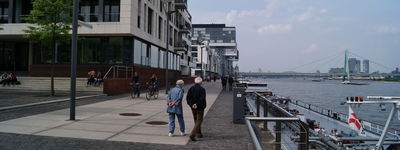
The UL2L partnership agreed on Cologne as the venue and 7th and 8th October 2021 as the date for the Final Conference.
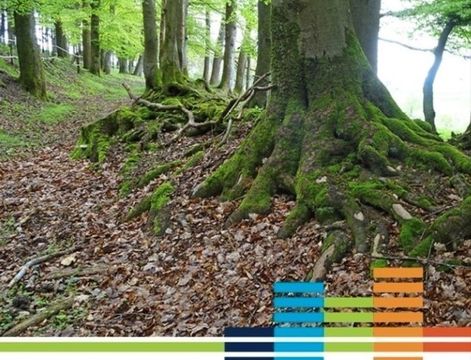
New perspectives for old cultural landscapes - Integration of historical cultural landscapes into current planning
2./3.9.2021
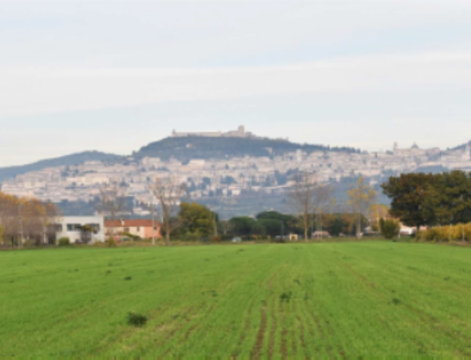
Representatives from Regione Umbria interviewed for the ISPRA innovation magazine.
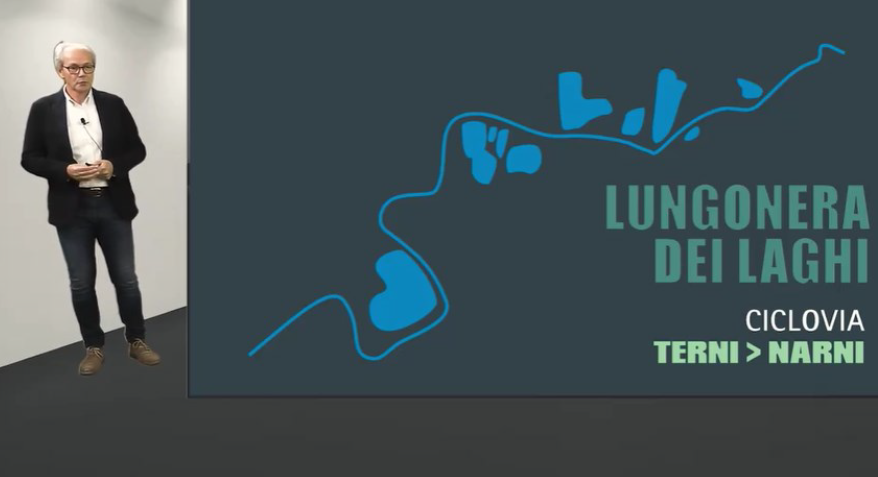
Umbria Region continued and completed the implementation of AP and its monitoring, discussing the results with the relevant regional stakeholders
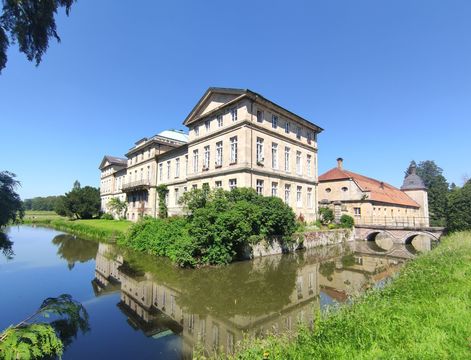
Public parks - maintenance seminar at Stapel manor
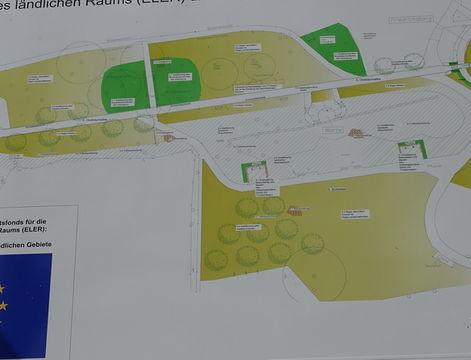
Focus on Action Plans
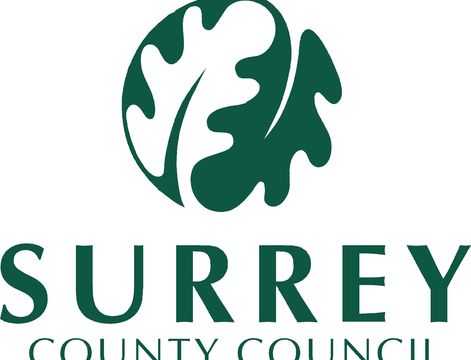
On the 10th of November we meet virtual for our Study Visit in Surrey.
For the details and a link to join the event please contact: [email protected].
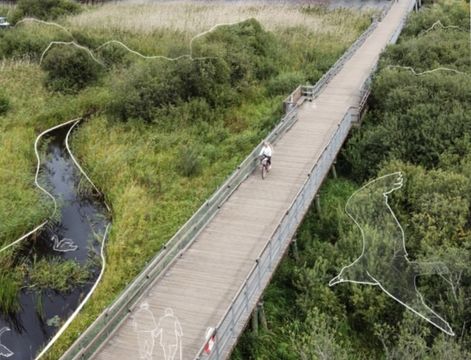
Kristianstad Municipality produced this guide for green planning in order to offer municipalities and regions support in their work.
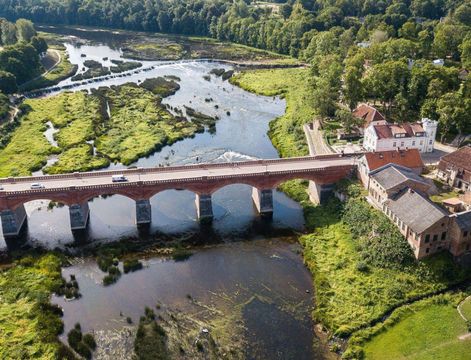
Online conference for UL2L Workshop 5